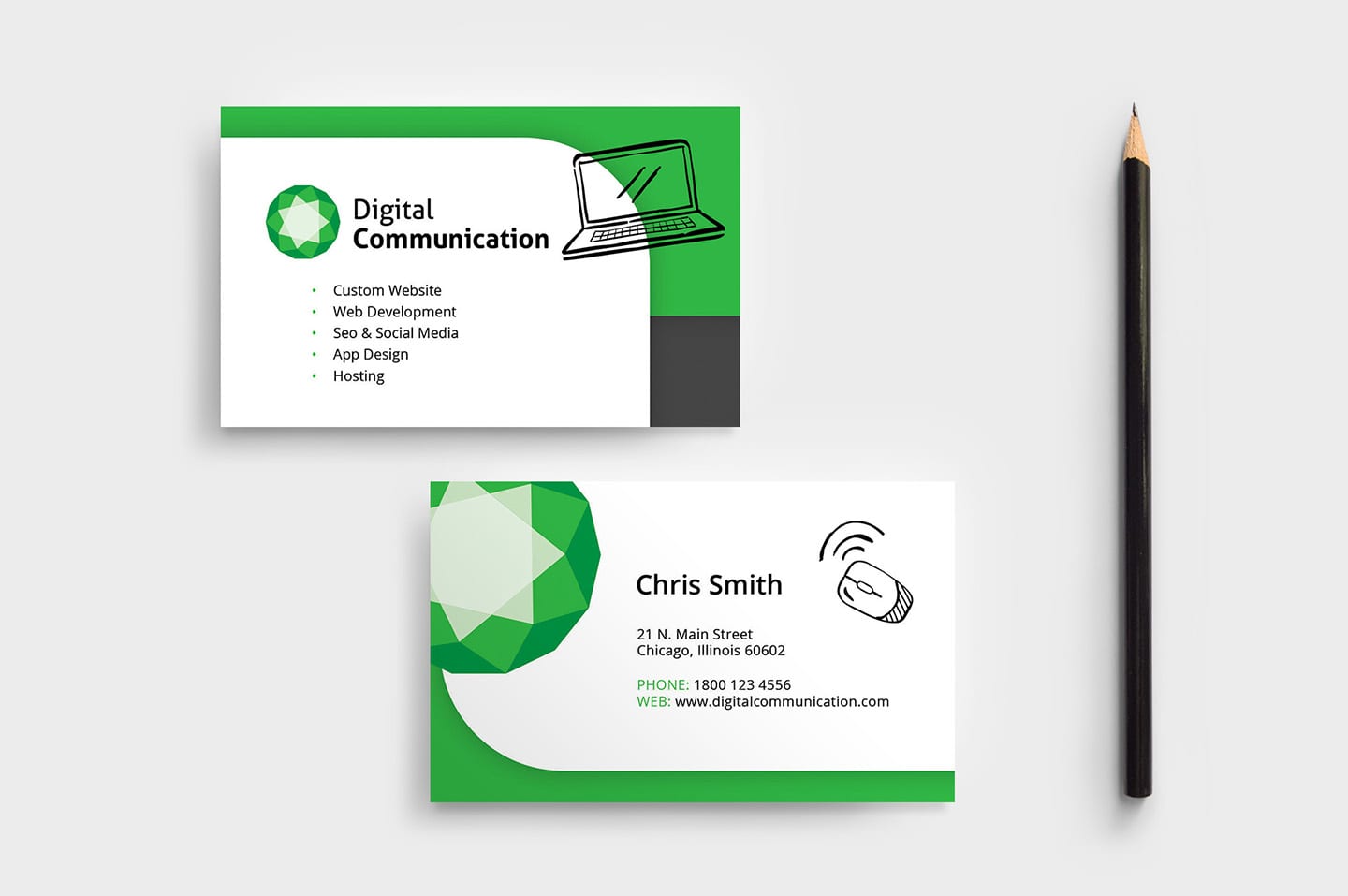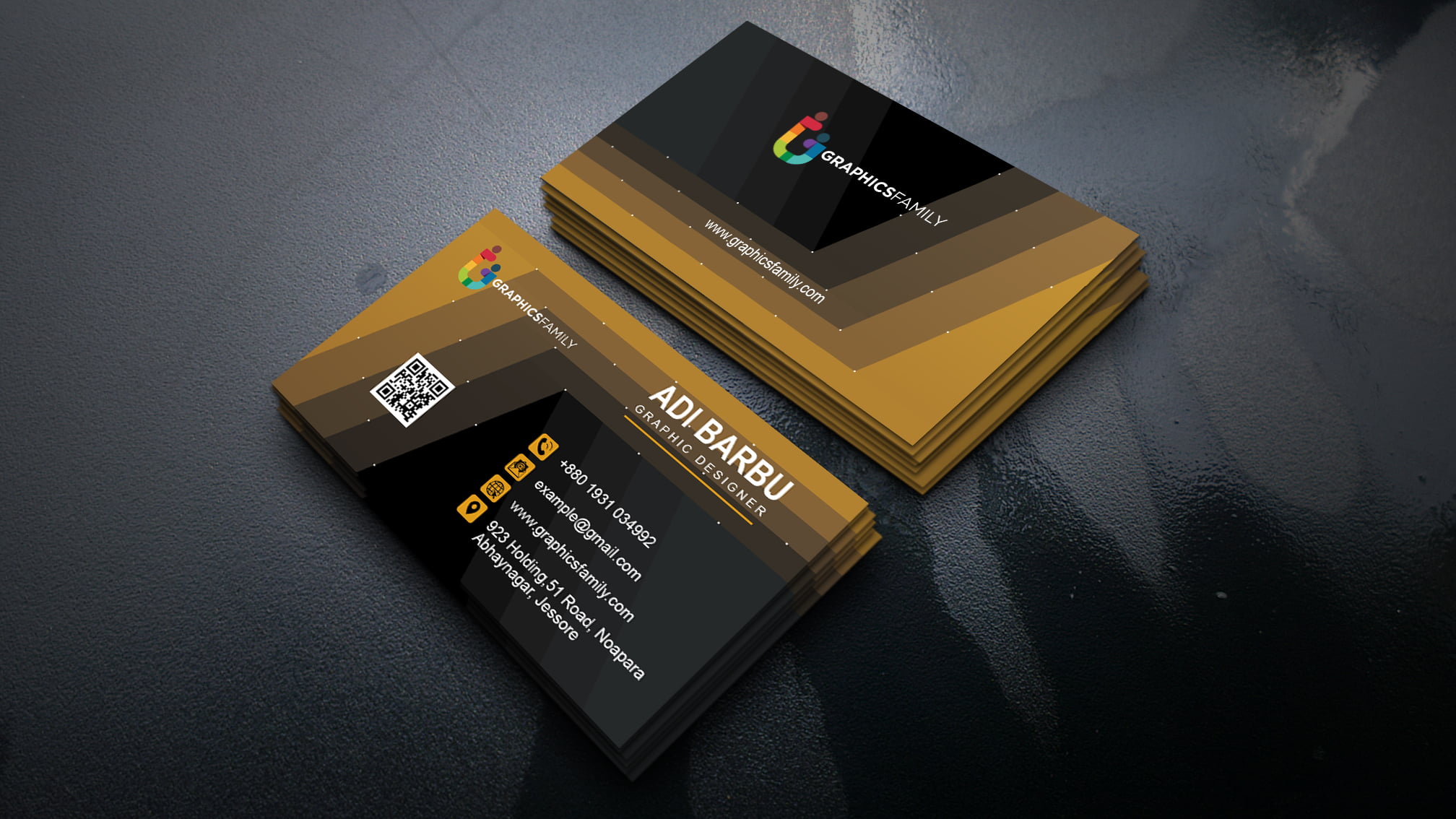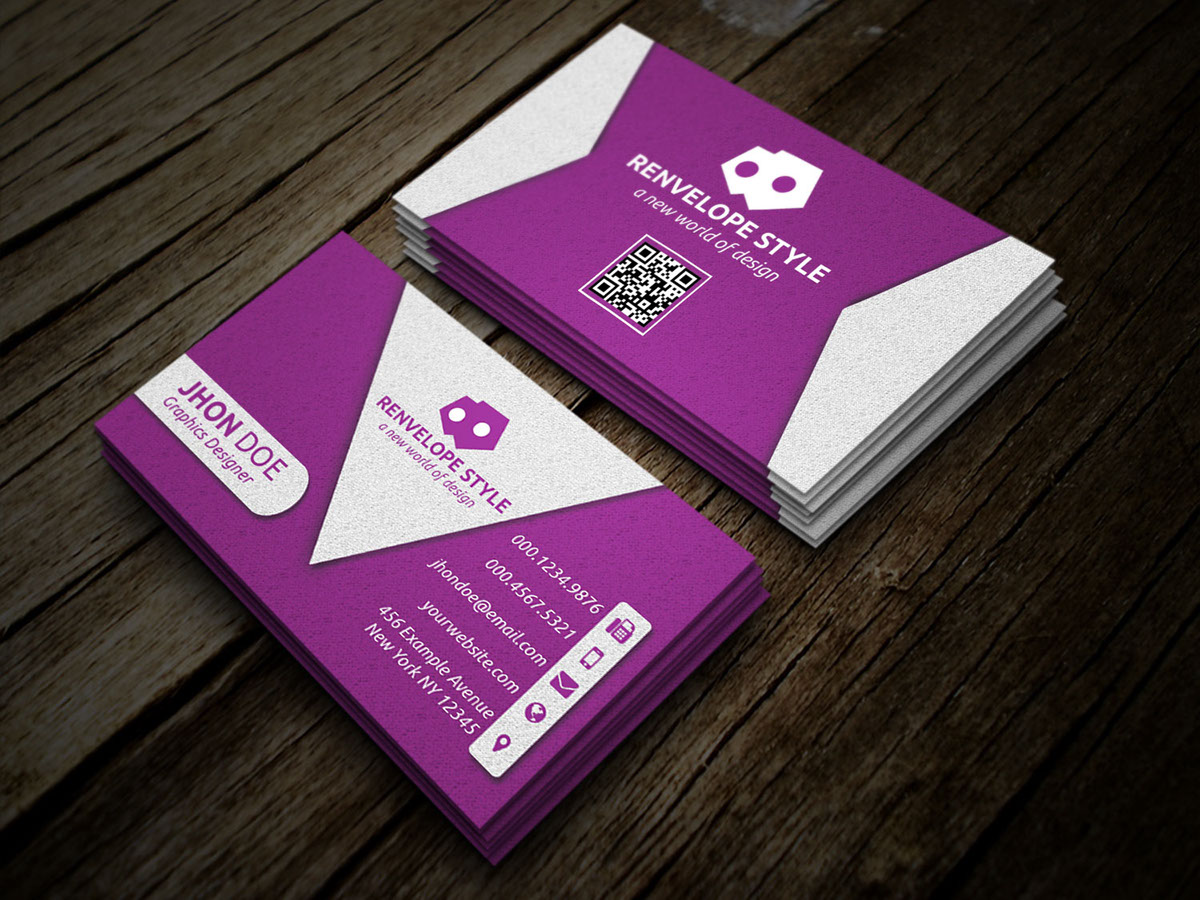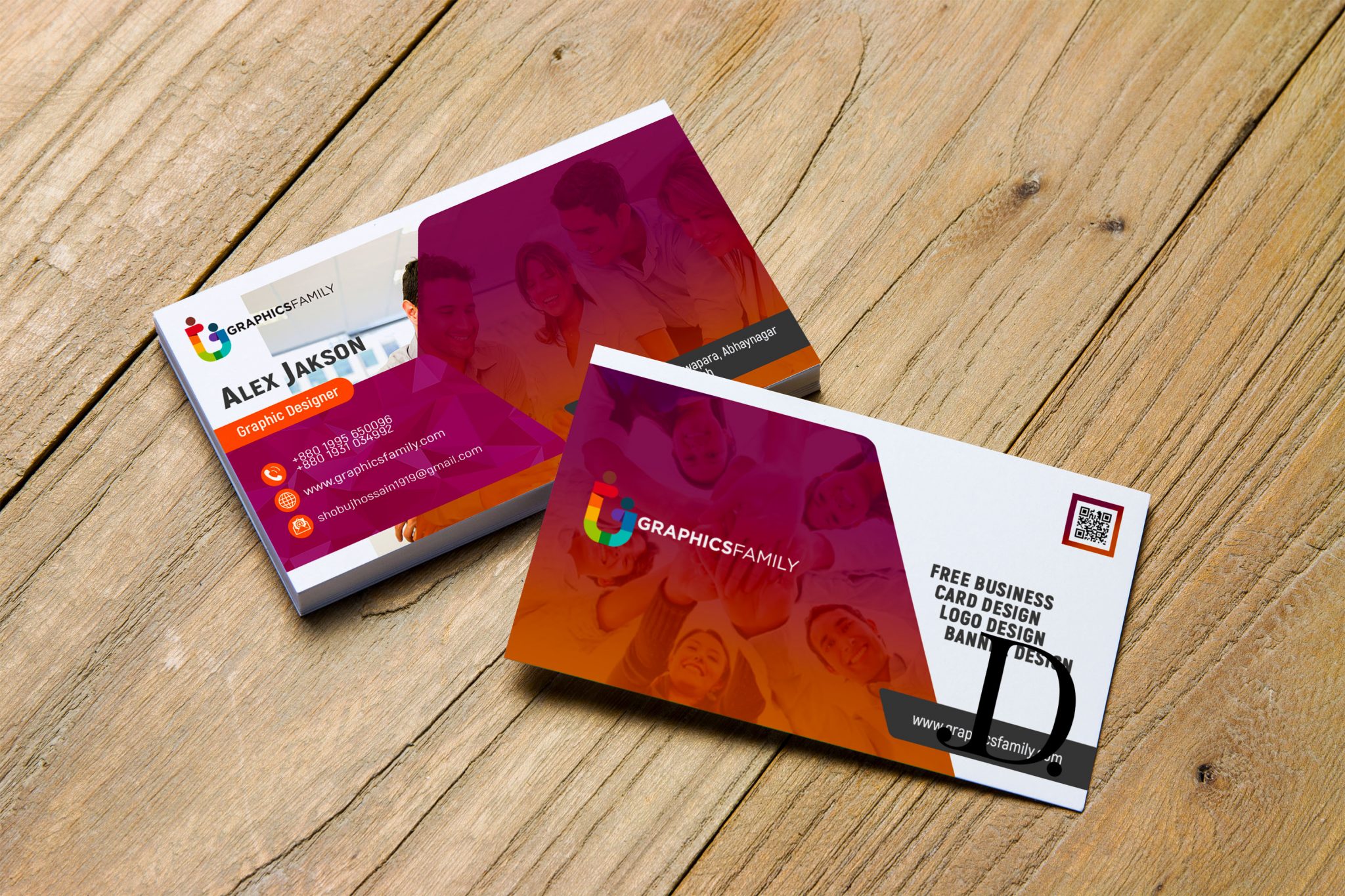
When it comes to networking and promoting your web design services, business cards are still a powerful tool. In the digital age, where online portfolios and websites take center stage, a well-designed business card can set you apart from the competition. A visually appealing and informative business card can leave a lasting impression on potential clients and help establish your credibility as a web designer. In this article, we will explore the importance of web design business cards and share some tips on creating a card that stands out.
1. Understanding the Purpose of Web Design Business Cards

Before diving into the design aspect, it is important to first understand the purpose of web design business cards. These small pieces of cardstock are more than just contact information. They serve as a tangible representation of your brand and personal style. They offer a convenient and memorable way for potential clients and collaborators to remember you and your services.
2. The Essential Elements of a Web Design Business Card

To create an impactful web design business card, there are a few essential elements you should include:
2.1 Contact Information
Make sure to include your name, title, email address, phone number, and website URL. It is best to keep your contact details concise, as cluttered cards can be overwhelming and difficult to read.
2.2 Logo and Branding
Include your logo and use consistent branding elements such as colors and typography on the card. This will help reinforce your brand identity and make your card easily recognizable.
2.3 Design Elements
Consider incorporating design elements that reflect your expertise in web design. For example, you could include a small section of HTML or CSS code, graphic elements related to web design, or even a QR code that links to your online portfolio.
2.4 Social Media Profiles
Including your social media handles or relevant profiles can help potential clients connect with you on other platforms and get a better sense of your work and personality.
3. Design Tips for Web Design Business Cards
Now that we have covered the essential elements, let’s delve into some design tips to make your web design business cards visually appealing and effective:
3.1 Keep it Simple and Clean
When it comes to design, simplicity is key. Choose a clean and uncluttered layout that allows the important information to stand out. Avoid using too many colors or fonts, as this can make the card look busy and chaotic.
3.2 Use High-Quality Graphics
Ensure that any graphics or images you include are high-resolution. Blurry or pixelated graphics can give a negative impression and make your card look unprofessional. If you’re using a logo or other design elements, make sure they are vector-based so they can be resized without losing quality.
3.3 Typography Matters
Choose a legible and professional font for your card. Make sure the text is easily readable, especially when printed in small sizes. Consider using a bold or accent font for your name or title to make it stand out.
3.4 Utilize White Space
White space, or negative space, refers to the empty areas on your card. By strategically incorporating white space, you can create a visually balanced and pleasing design. It also helps the important elements on your card stand out.
3.5 Experiment with Shapes and Materials
Don’t be afraid to think outside the box when it comes to the shape and materials of your business card. A unique shape or texture can make your card more memorable. However, ensure that the shape and size are practical and won’t cause the card to get easily damaged or lost.
4. Printing and Distribution

Once you have designed your web design business cards, it’s time to think about printing and distribution. Here are some considerations:
4.1 High-Quality Printing
Invest in professional printing services to ensure that your business cards look polished and high-quality. High-resolution printing will make your design elements and colors appear vibrant and accurate.
4.2 Paper Stock
Select a sturdy and durable paper stock that will withstand regular handling. You can choose from various options such as matte, glossy, or textured finishes, depending on your preference and the image you want to portray.
4.3 Printing Quantity
Determine the number of cards you need based on your networking activities. It’s better to have a few extra cards than to run out during an important event or meeting.
4.4 Strategic Distribution
Hand out your business cards strategically at networking events, industry conferences, and meetings. You can also leave a stack of cards at local businesses or partner with complementary service providers to exchange cards and refer clients to each other.
Conclusion

In the digital world, web design business cards still hold value as a powerful marketing tool. They allow you to make a memorable first impression and help solidify your brand. By focusing on the essential elements, employing effective design techniques, and utilizing high-quality printing and distribution, your web design business cards can become a valuable asset in your marketing arsenal. So, invest time and effort into creating a visually appealing and informative card that represents your web design expertise.
Sophia is a branding expert who intertwines style and substance in her writing. Her marketing background and love for fashion contribute to her unique take on business card design. When not writing, Sophia explores her creative side through painting and DIY projects.